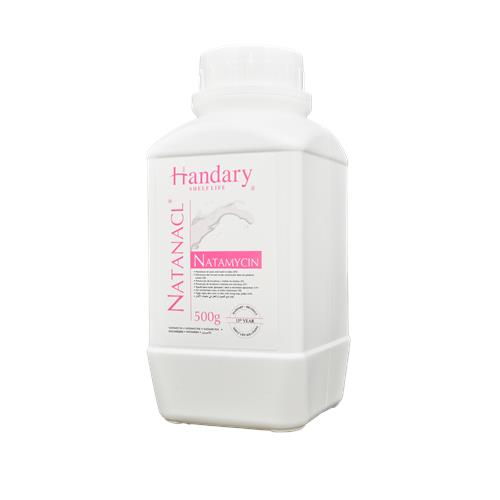Products Categories
Explore Our Products
Please select portfolio
INDUSTRIAL
TYPES
ISSUES
- Please select types
PRODUCTS
- Please select issues

Get in touch with our experts for product samples or technical documents, tailored to meet your specific needs.
 A classical formulation which provides the best protection of salty foods by controlling the water activities and the growth of yeasts and molds.
A classical formulation which provides the best protection of salty foods by controlling the water activities and the growth of yeasts and molds.
